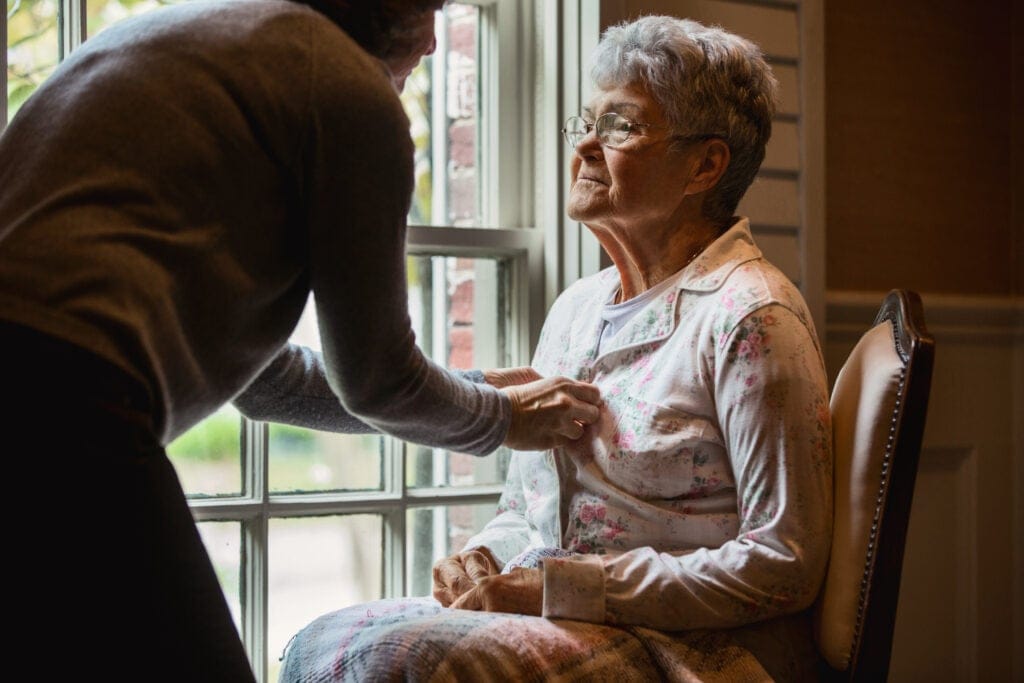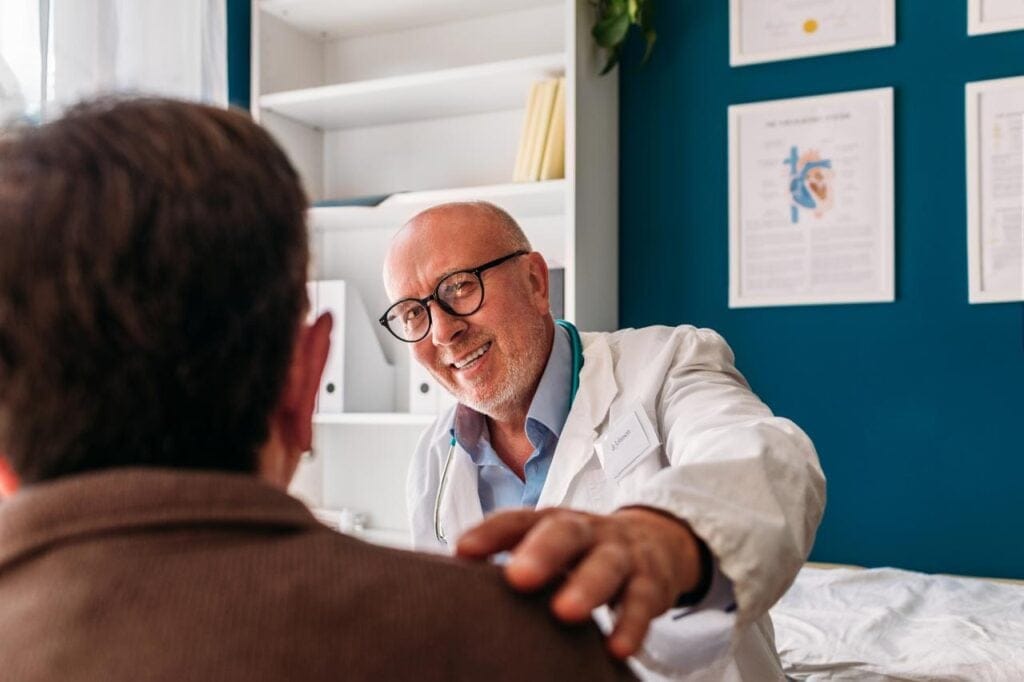
We understand that hospital systems are complex—both operationally and physically with regard to layouts and buildings. That’s why we’ve put together a few posts with some tips and resources to help you use Uber Health in various situations across your hospital. This post focuses on using Uber Health for outpatient appointments. You can find our suggestions for using Uber Health for patient discharge here.
Using Uber Health to help reduce missed appointments
If you’re using Uber Health to help reduce no-shows for ambulatory appointments, you might be using case managers, scheduling call centers, or patient service representatives (PSRs) to help request rides.
Existing partners have shared these suggestions to help identify patients’ transportation barriers to appointments:
- Ask about transportation barriers during appointment setup and reminder calls.
- When patients call to cancel an appointment, ask if it’s due to transportation. If it is, offer a ride. Customers have told us about doing this through voicemail systems, contact centers, and scheduling and referral coordinators.
- Monitor high-no-show patients and proactively offer transportation.
- Add a question about transportation access with SMS scheduling systems.
Getting people to their appointments
There are a few ways that you can request rides to help get people to their appointments:
- 1. Request on-demand to increase accountability
Especially for patients with a higher risk of missing their appointments, requesting on demand is a way to increase accountability: you can check the rider is on their way to the front door while on the phone with them.
Even if patients confirm they have a ride at the time of an appointment reminder call, rides can often fall through at the very last minute on the day of the appointment. Calling the rider an hour or two before the appointment may be more successful in ensuring that the rider can make the trip and the appointment, and if not, you can book them a ride in real time to avoid a missed appointment or further rescheduling.
Read how MedStar increased schedule fill rates in certain practices by as much as 5-10 percentage points by calling patients the day of their appointment. - 2. Use Flexible Rides to let the rider confirm they are ready
Flexible Rides enable you to request a ride for a particular day and have the rider confirm they are ready by text message before the ride is initiated. Since patients have to confirm first, this option reduces the likelihood of the patient forgetting what time the ride is or not being ready when the driver arrives.
Did you know? The cancellation rate for flexible rides is about half of the cancellation rate for scheduled rides.1
- 3. Schedule in advance
You can also request a scheduled ride up to 30 days in advance for a particular date and time. Patients will receive reminder text messages the night before and the day of, and they’ll be sent the driver’s information as soon as they are matched.
Learn more about the text messages riders receive. To facilitate pickups for riders who only have landline numbers or have difficulty reading text messages, you can choose to turn on Automated Calling when requesting a scheduled ride. With Automated Calling, the Uber Health platform calls riders by phone (and leave voicemails) to provide reminders and information about their trip.
Learn more about automated calling.
Getting people home from their appointments
There are a few ways that you can request rides to help people get home after their appointment is over:
- Get them on their way quickly with on-demand rides
At the end of an appointment, on-demand rides can be used to get patients home or back to work in minutes. This can be done by a scheduler or through a phone number at a call center.
- Use Flexible Rides to reduce staff time
Flexible Rides are a great option for busy offices where there may not be someone available to request the ride at the end of the appointment or it’s unclear when it will be over. Set it up and let the patient confirm on their own when they are ready to go home.
Other ways to use Uber
- Ideas beyond appointments and discharge
- Transfers between sites and hospitals for patients and families
- Enabling families to visit their loved ones
- Moving caregivers and home health visits
- Returning families to their cars if they’ve traveled with the patient to another facility for a transfer
- Replacements for existing van services to reduce shared transport
- Research and clinical trials
- Helping patients get to flu shot clinics or pharmacies
- Additional Uber for Business solutions
- Gift cards: Give an Uber gift card for rides or food (Uber Eats) to boost employee morale or help families of patients get to/from the hospital
- Employee travel: Support your staff in getting to and from work with a customized travel program, while freeing up parking spots for patients
- Uber Eats: Create your meal delivery program for staff, seniors, or recently discharged patients
- Vouchers: Subsidize meals or rides for patients or staff by partially paying through Vouchers
- General tips
- When riders can't find their drivers
- If the rider isn’t able to find the driver, both the rider and the coordinator can call the driver and try to connect the rider and driver. Drivers on Uber X trips typically wait no more than 5 minutes.
- If the dashboard or text message says the ride was canceled, make sure the rider knows who to contact at your organization so that you can request another ride.
- The coordinator who set up the ride will get an email notifying them that the rider wasn’t picked up.
- Use the “Notes to driver” field to share pickup information like “Standing underneath blue awning.”
- When riders can't find their drivers
For more information and tips to get set up and started, check out our Administrator Guide and Coordinator Guide.
As a reminder, Uber is committed to the safety of riders and drivers. Everyone must follow advice from public health authorities, including the Centers for Disease Control and Prevention (CDC), that ridesharing should not be used for people diagnosed with COVID-19 or for symptomatic riders who suspect they may have it. Read more about the steps Uber is taking to help keep communities safe.
1 Based on data based from Jan – October 2020
Posted by Leor Shtull-Leber
Get a ride when you need one
Start earning in your city
Get a ride when you need one
Start earning in your city
Related articles
Most popular

Enhanced Agentic-RAG: What If Chatbots Could Deliver Near-Human Precision?

Advancing Invoice Document Processing at Uber using GenAI

From Archival to Access: Config-Driven Data Pipelines





